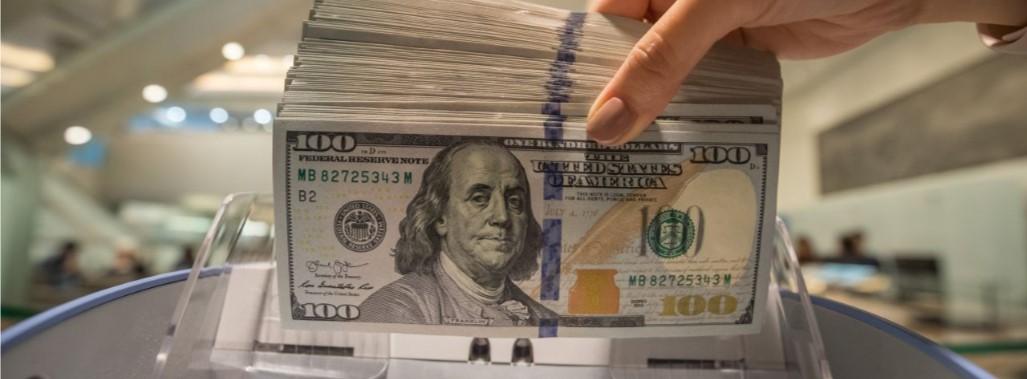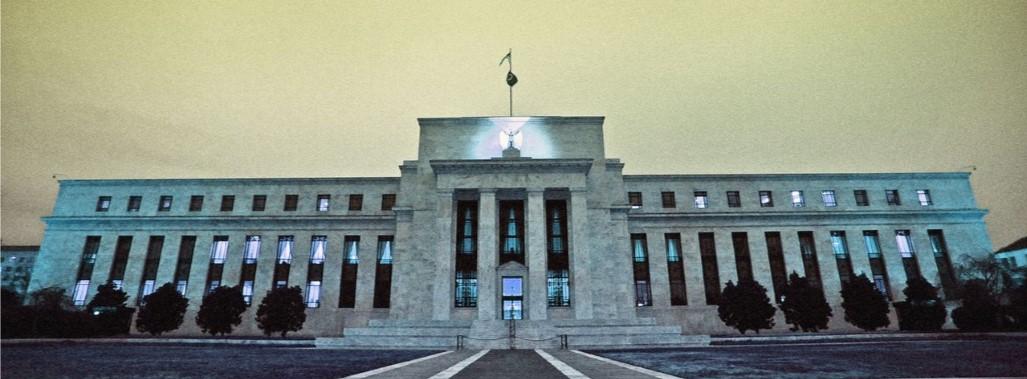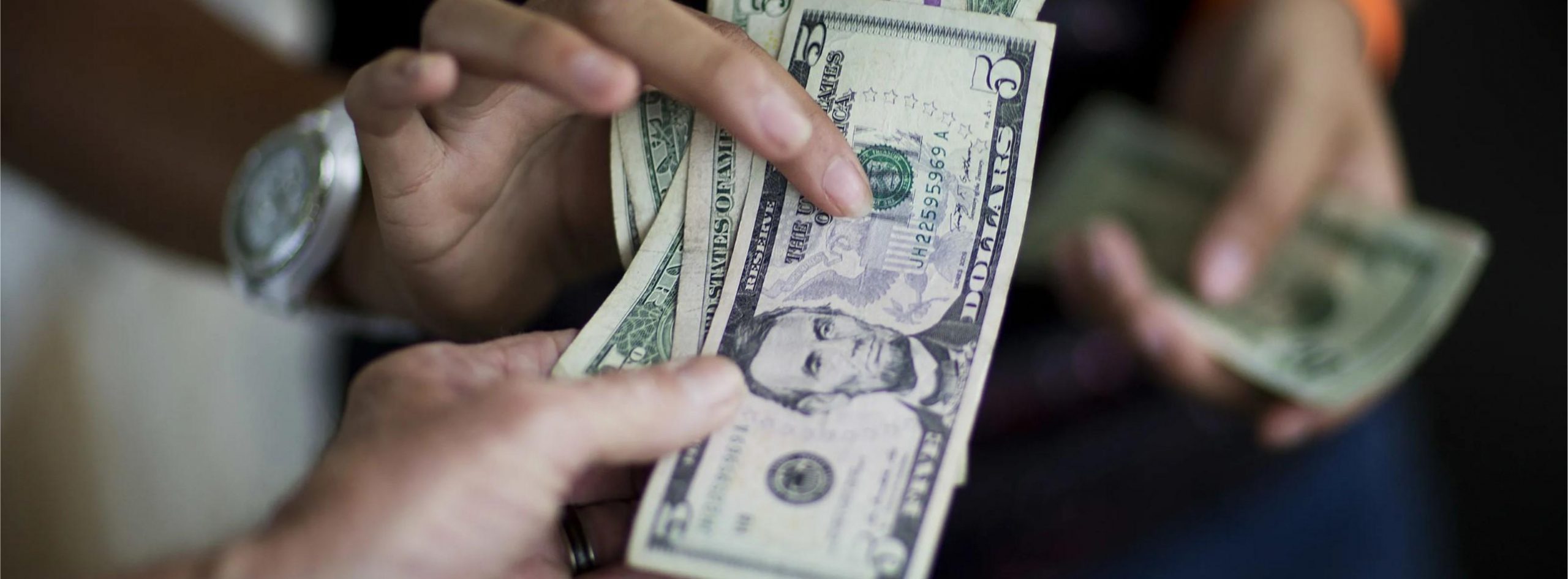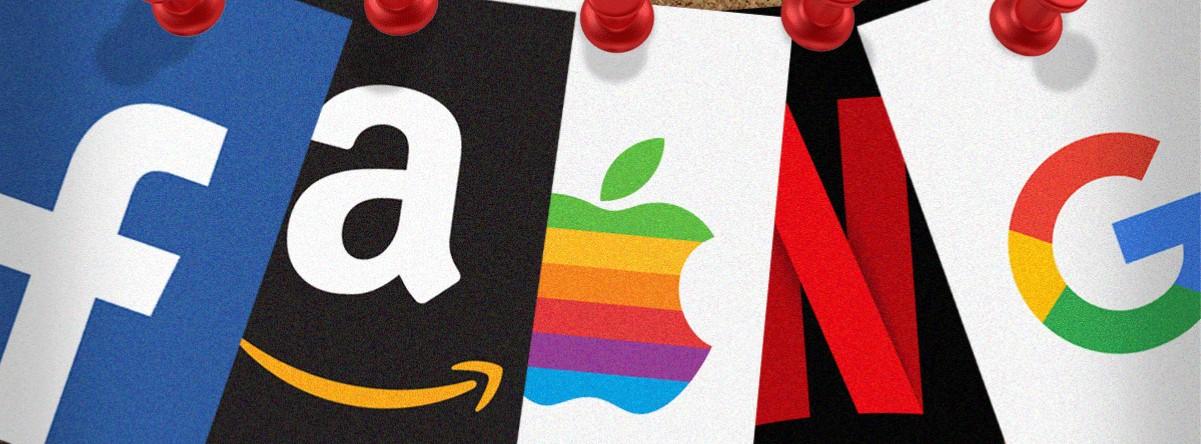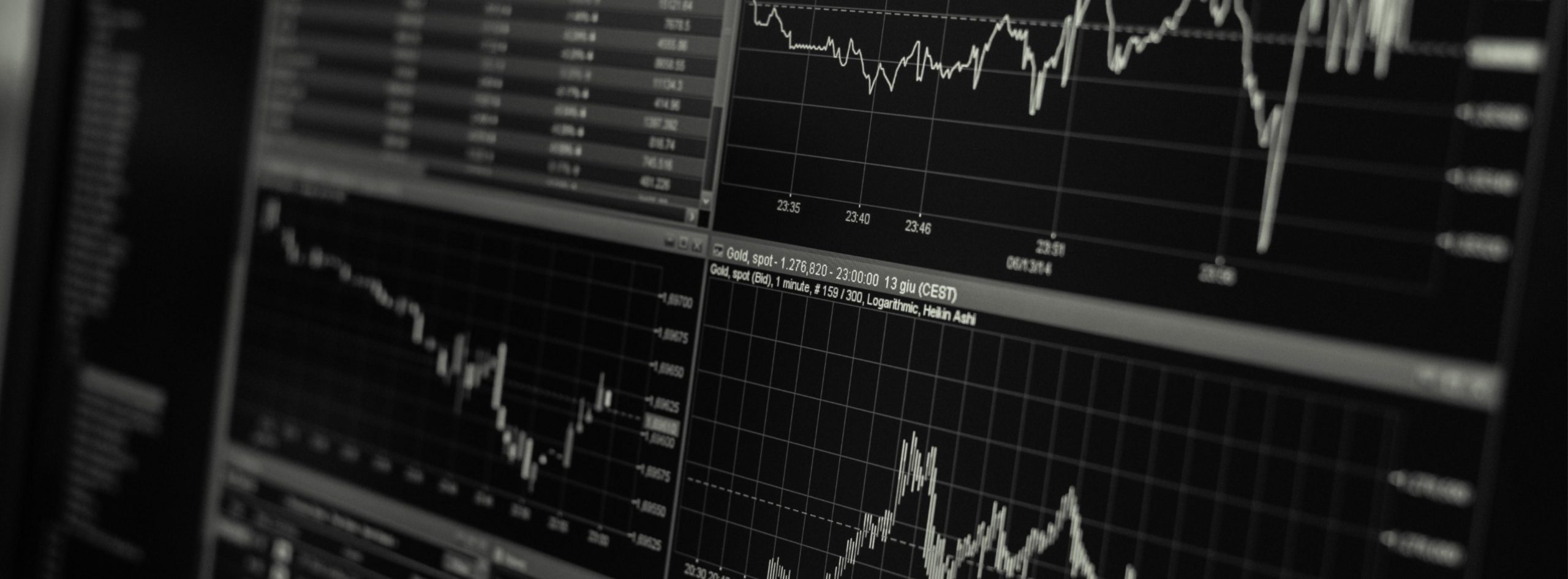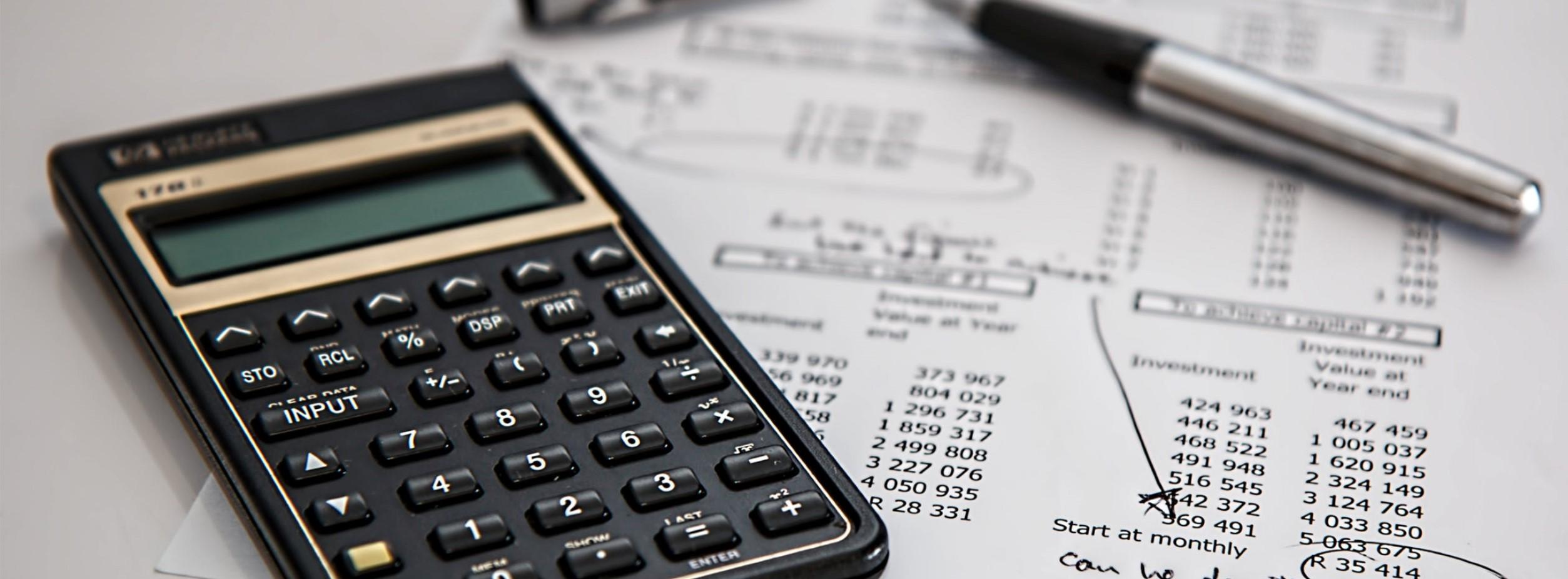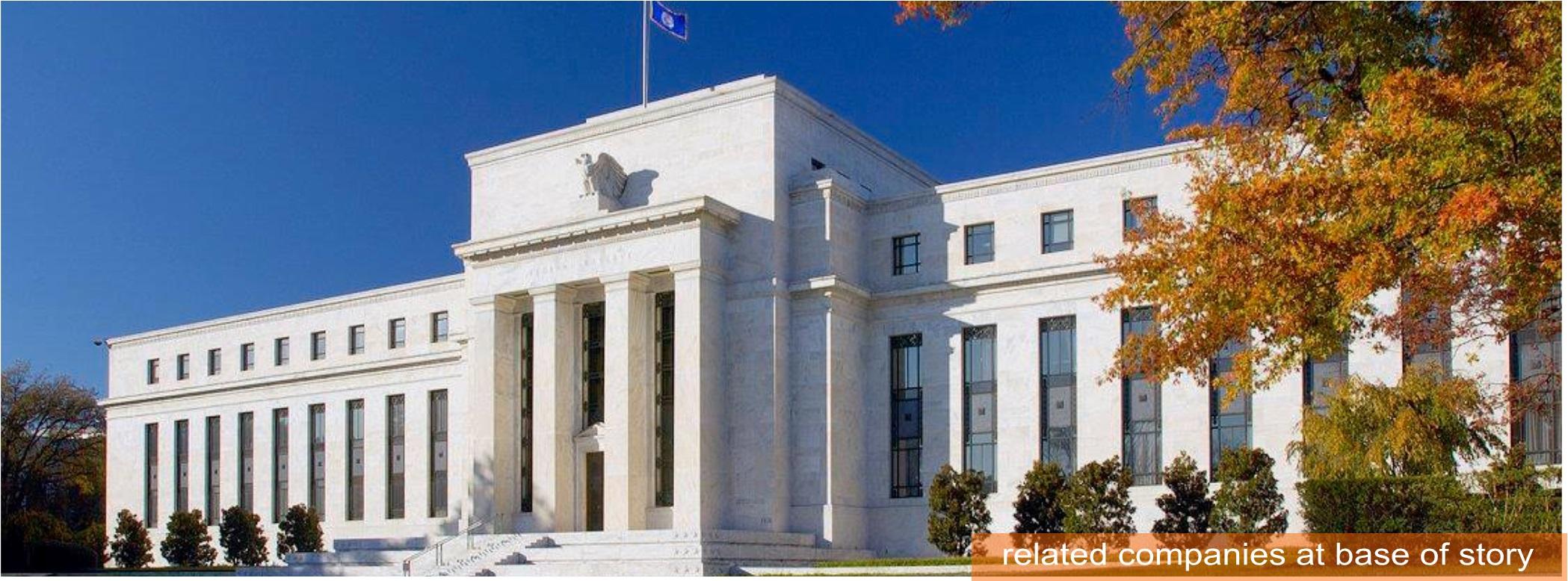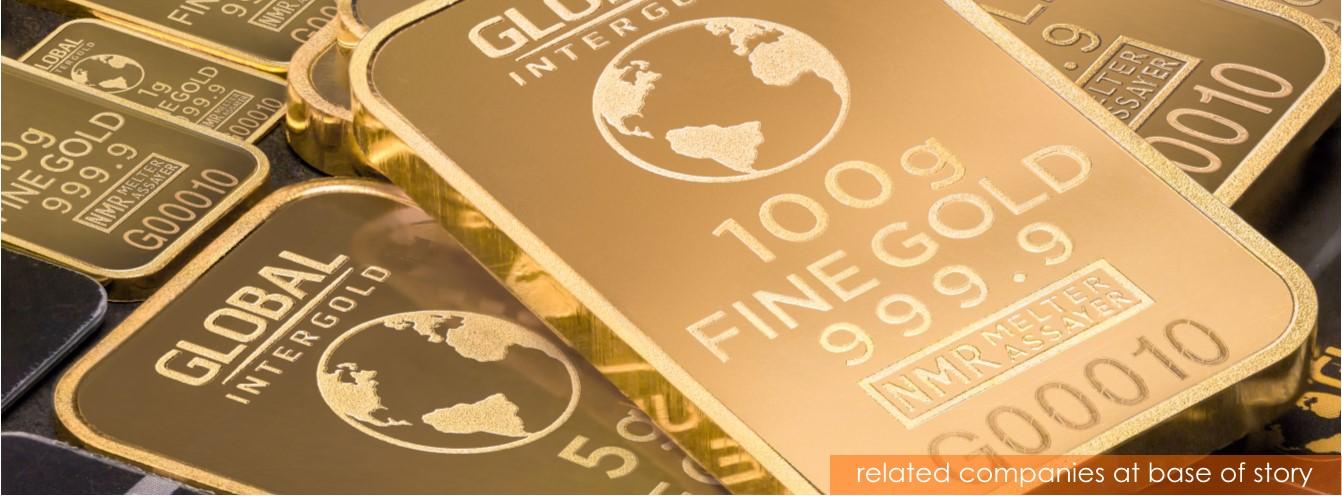On Wednesday, the United States Federal Reserve policymakers may cut interest rates for the first time in a decade. Jerome Powell, the Fed Chairman, will have to convey to the central bank the necessity of a stimulant. There is a high possibility that the Fed chief will see at least one dissent.
Eric Rosengren, the Boston Fed President, stated he does not want an ease in policy, “if the economy is doing perfectly well without that easing.” In September 2007, Charles Evans, Chicago Fed President, voted for a half-percentage-point rate cut, which was the first of many that would decrease the federal funds rate to almost zero. Esther George, Kansas City Fed President, may also vote against a rate cut. George stated, that monetary policy was “in a good range,” but is “prepared to adjust those views” if risks arise. George and Rosengren will be among 10 voters on the rate cut on Wednesday and they have the ability to change the normal Fed consensus-driven approach. If policymakers choose to dissent, it would be more controversial than the Fed’s last four rate-cutting cycles. In three of the last four, 1998, 2001, 2007, the votes were unanimous for lower rates. Thomas Hoenig, the previous Kansas City Fed President, was the only dissent in 1995.
Powell is under pressure by the Trump Administration over not boosting the economy enough and could face more adversity if either voter dissents. On Wednesday, at 2 p.m. EDT (1800 GMT), the Fed will release its policy statement and a press conference will be held by Powell after. Powell should be aware of a dissenter’s concerns regarding a series of cuts, or he can choose to reinforce a “dovish” stance. Voter dissent is not an absolute thing, and Fed policymakers may be apt to change after the two-day meeting. Powell is expected to cut rates, citing the tensions between the U.S. and China as a reason for slower global economic growth and growing risk of inflation. The constantly changing economy has led members such as George to take different stances, and even possibly dissent.
DOVISH
George dissented seven times in 2013, worrying that the Fed’s bond-buying strategy could cause unnecessary inflation. George was willing to join the majority when the Fed, at the year’s last policy meeting, stated it would reduce the purchases of stimulative bonds.
The unemployment rate ended at 6.7% last year and is now 3.7%. Inflation is at 1.8%, the Fed’s preferred measure, which is still below the U.S. central bank’s 2% annual inflation target. Both consumer spending and the economy are growing at an almost unsustainable rate while unemployment is almost at a 50-year low. The overall attitude of the Fed may have shifted since fewer voters are expected to dissent. Narayana Kocherlakota, previous Minneapolis Fed President, who had dissented multiple times, stated “I do hope that there is a dissent next week that goes on record as opposing the (Fed’s expected) 25-basis-point cut. The Fed has become more ‘dovish’ – it seems more willing to court higher inflation in 2019 than in 2015, even though it’s clearly doing better on the employment mandate.” A voter who dissents would present to investors that the Fed is aware of the risks of inflation.
